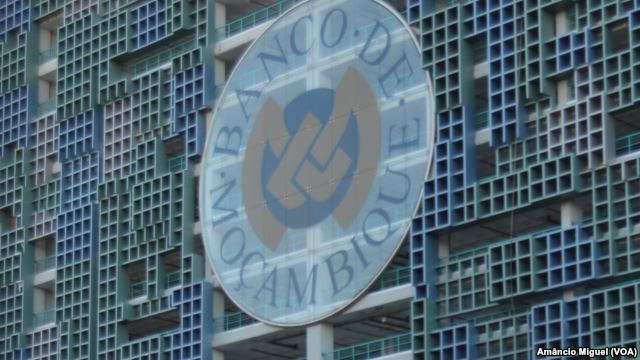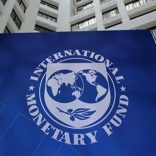Mozambique: Government approves state budget for 2026
Mozambique: Central Bank raises interest rates again

The Bank of Mozambique has again increased its key interest rates, in its attempts to control inflation.
A statement issued by the Bank’s Monetary Policy Committee on Monday announced that the Standing Lending Facility (the interest rate paid by the commercial banks to the central bank for money borrowed on the Interbank Money Market) will rise immediately by 150 base points, from 12.75 to 14.25 per cent.
This is the sixth increase in the Bank’s main reference rate since October. This rate had been falling gradually since late 2012. It reached 7.5 per cent in November 2014, and remained at that level for a year, but five rate rises in October, November and December 2015 and in February and April 2016 bought the rate to 12.75 per cent. Now the sixth rise has pushed it to 14.25 per cent, an increase that will certainly be imitated by the commercial banks, making the cost of borrowing prohibitively high for small businesses.
The Standing Deposit Facility (the rate paid by the central bank to the commercial banks on money they deposit with it) also rose by 150 base points from 5.75 to 7.25 per cent.
The Compulsory Reserves Coefficient – the amount of money that the commercial banks must deposit with the Bank of Mozambique – has been divided into two. For reserves in local currency, the coefficient is set at 10.5 per cent, and for reserves in foreign currency, the figure is 15 per cent, which must be deposited in US dollars. This change was announced in April, but only took effect on 7 June.
The Monetary Policy Committee says it “assessed the short and medium term projections which point to a slowdown in economic activity and the persistence of inflationary pressure in an environment of continued pressure on the exchange rate”. As a result the macro-economic foundation of the economy were facing constraints “which require the due adjustments”.
The statement blamed this situation on such factors as “the prevalence of politico-military tensions in some parts of the country” (referring to attacks by gunmen of the Renamo rebels against roads and railways), and the suspension of aid from Mozambique’s cooperation partners.
The statement fails to mention that this financial aid was suspended because of the secret, government-guaranteed loans inherited from the previous government, led by President Armando Guebuza, which only came to light in early April. The secret loans, to the security companies Proindicus and MAM (Mozambique Asset Management), amount to over 1.1 billion US dollars.
After four months of rising prices, inflation in May was negative, at minus 0.22 per cent. This seasonal variation was to be expected – inflation declines every year when the harvest comes in. The Monetary Policy Committee noted that increased supplies of fresh domestic foodstuffs explained the fall in prices – but working against this trend were the depreciation of the Mozambican currency, the metical, and the difficulties in moving across the country due to the military situation.
The metical continued to lose value in May. At the end of the month the rate quoted on the Inter-Bank Exchange Market was 58.22 meticais to the dollar, a depreciation of 9.42 per cent over the month. Over the entire preceding year the metical had lost 68.61 per cent of its value against the dollar. The average rate quoted by the commercial banks on 31 May was also 58.22 meticais to the dollar, while at the foreign exchange bureaus the rate was 61.56 meticais to the dollar.
The metical recovered slightly against the South African rand, and was quoted at 3.7 meticais to the rand, an appreciation in May of 1.6 per cent.
That relief was short lived. In the first fortnight of June, the metical took a nosedive against the rand. On Tuesday the rate on the Inter-Bank Exchange Market was 3.98 meticais to the rand, while the largest commercial bank, the millennium-BIM, was quoting a rate of 4.07 meticais to the rand.
The rand/metical exchange rate is crucial for food prices, particularly in southern Mozambique, because so much basic food is imported from South Africa.
Provisional figures indicate that in May the country’s net foreign reserves declined by 80.3 million dollars to 1.714 billion dollars. This is enough to cover 3.1 months of imports of goods and non-factor services, when the operations of the foreign exchange mega-projects are excluded, and 2.4 months if the mega-projects are included.













Leave a Reply
Be the First to Comment!
You must be logged in to post a comment.
You must be logged in to post a comment.